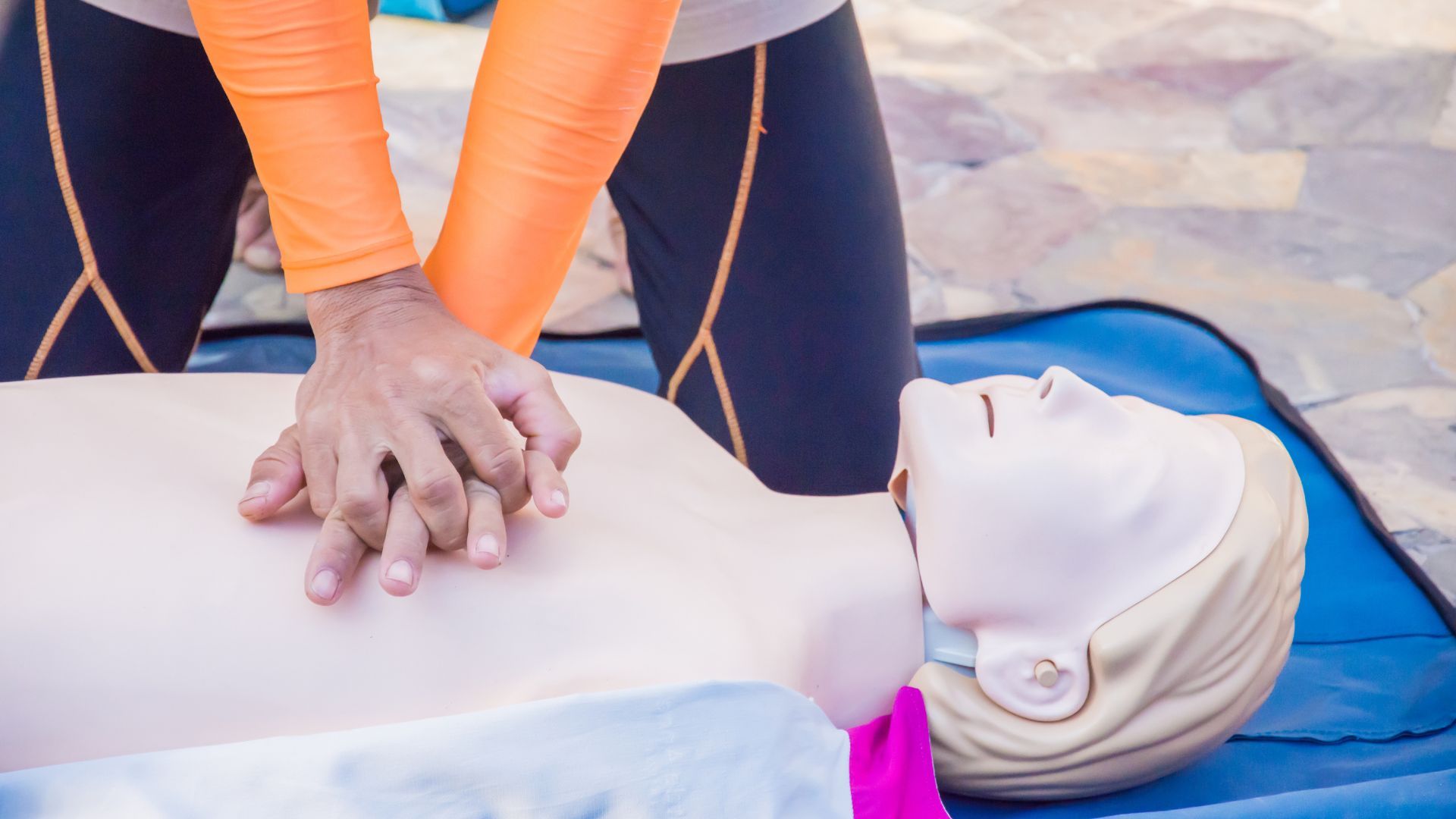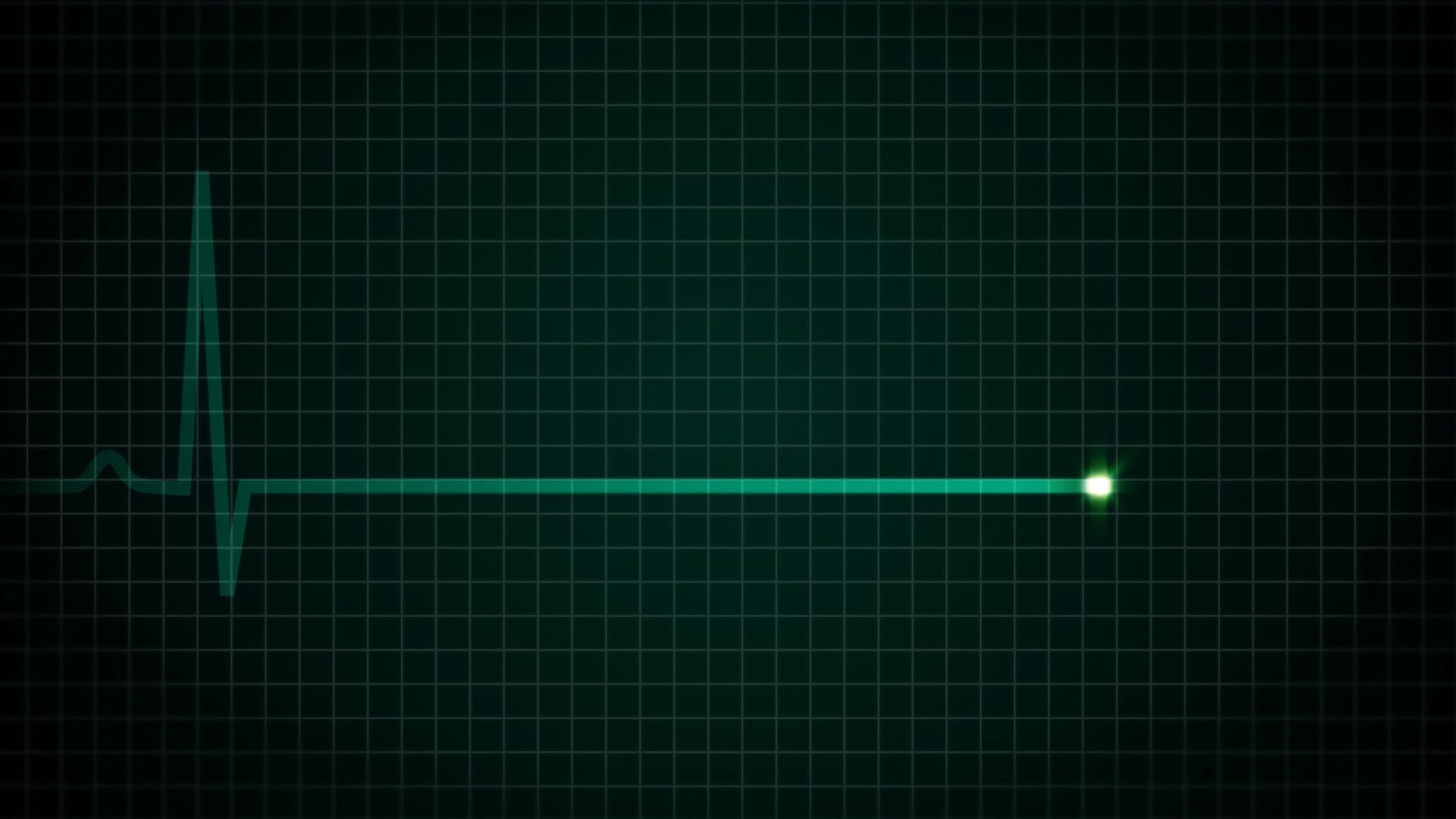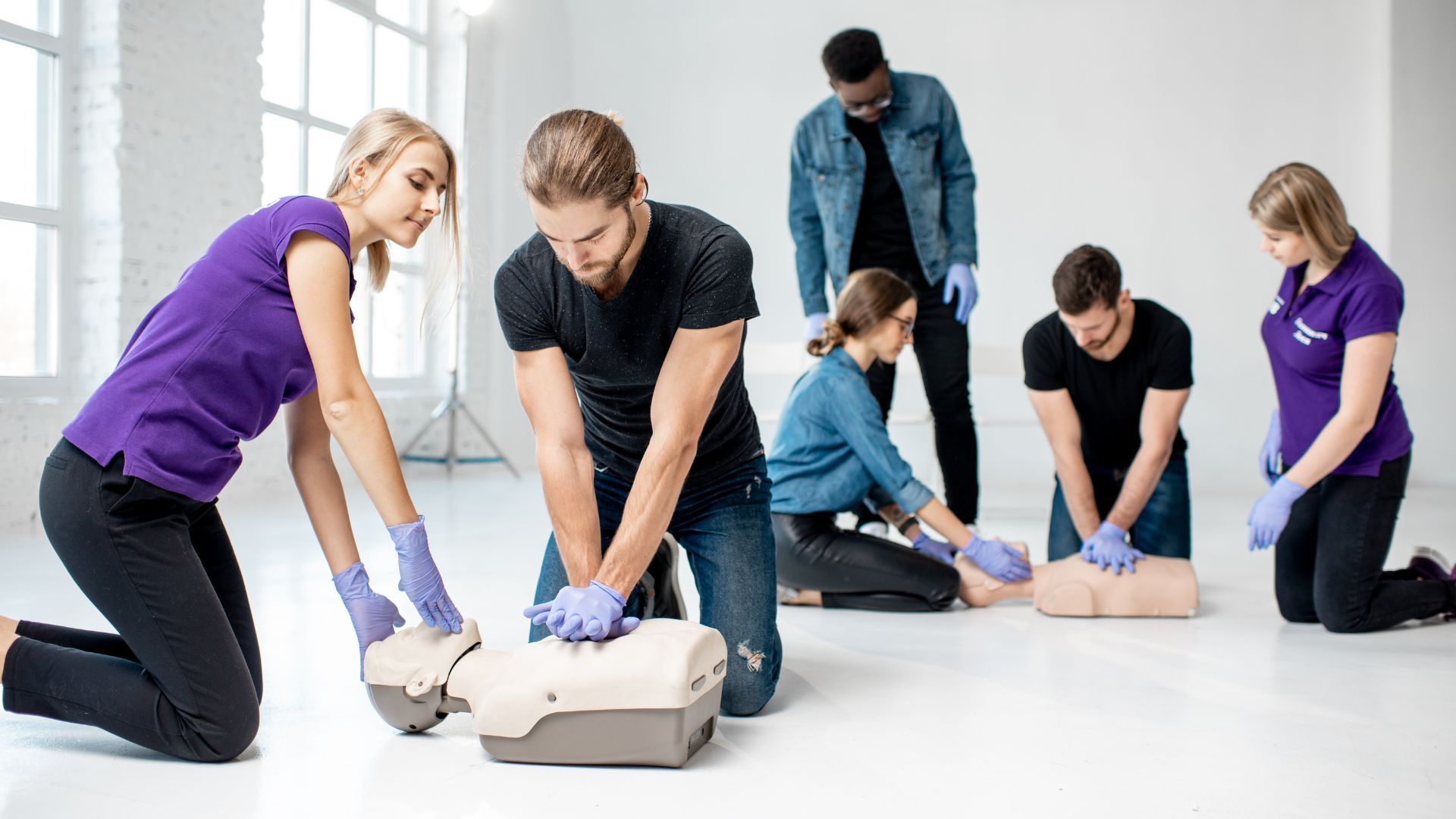What is Child CPR
Child CPR Pronunciation: chī(-ə)ld C-P-R
Definition: Child CPR refers to the specific techniques used to perform Cardiopulmonary Resuscitation (CPR) on children aged 1 to puberty. While the basic principles of CPR are the same for adults, children, and infants, there are some differences in the approach and technique to accommodate the unique anatomy and physiology of children.
Frequently Asked Questions About Child CPR
What are the key differences between adult CPR and child CPR?
Key differences between adult CPR and child CPR include:
- Chest compression depth: For children, compress the chest about 2 inches (5 cm) or one-third the depth of the chest, compared to at least 2 inches (5 cm) but not greater than 2.4 inches (6 cm) for adults.
- Chest compression technique: For a child, you may use one hand or two hands for chest compressions, depending on the size of the child and your comfort level.
- Ventilation: When giving rescue breaths, use a smaller volume of air compared to adults, and ensure that the breaths are gentle to avoid overinflation of the lungs.
What is the recommended compression-to-breath ratio for child CPR?
The recommended compression-to-breath ratio for child CPR is 30 compressions to 2 breaths when performing CPR alone. If there are two trained rescuers, the ratio changes to 15 compressions to 2 breaths. This ratio applies to both single and two-rescuer CPR.
When should I perform child CPR?
You should perform child CPR when a child (aged 1 to puberty) is unresponsive, not breathing, or only gasping for air. These may be signs of cardiac or respiratory arrest. Remember to call 911 or your local emergency number before starting CPR, unless you are alone and need to perform CPR for about 2 minutes before leaving the child to call for help.
How can I learn child CPR?
To learn child CPR, enroll in a CPR course that covers pediatric CPR techniques. These courses are offered by organizations like the American Heart Association, the Red Cross, and other accredited training providers. Regular training and practice are essential to develop and maintain the skills required for effective child CPR.
More Articles





